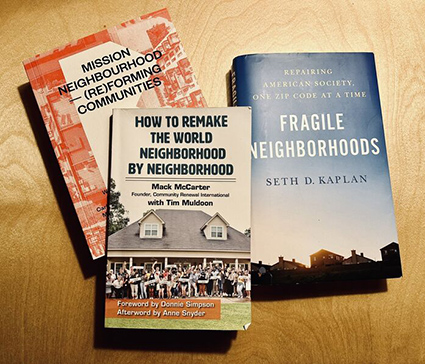Ofri Earon is an architect, urban designer, and researcher dedicated to creating socially sustainable urban environments. With a PhD in socially sustainable living, she founded
Neighborhood Lab to help transform residential areas into thriving, people-centred neighbourhoods. Through an impact-led approach to strategic planning, Ofri’s work focuses on revitalising existing spaces, fostering community cohesion, and enhancing quality of life.
In this interview, Ofri discusses the importance of viewing a neighbourhood as more than just a place to live—it’s a shared identity and a vibrant community. She explores the role of the neighbourhood in fostering connection and belonging, and why transforming housing areas into thriving, people-centred spaces is crucial for boosting and creating social impact.
With her work at Neighborhood Lab, Ofri is pioneering a new, people-driven approach to urbanism, one that combines data-based tools with a deep understanding of human connection to reimagine the neighbourhoods of tomorrow.





